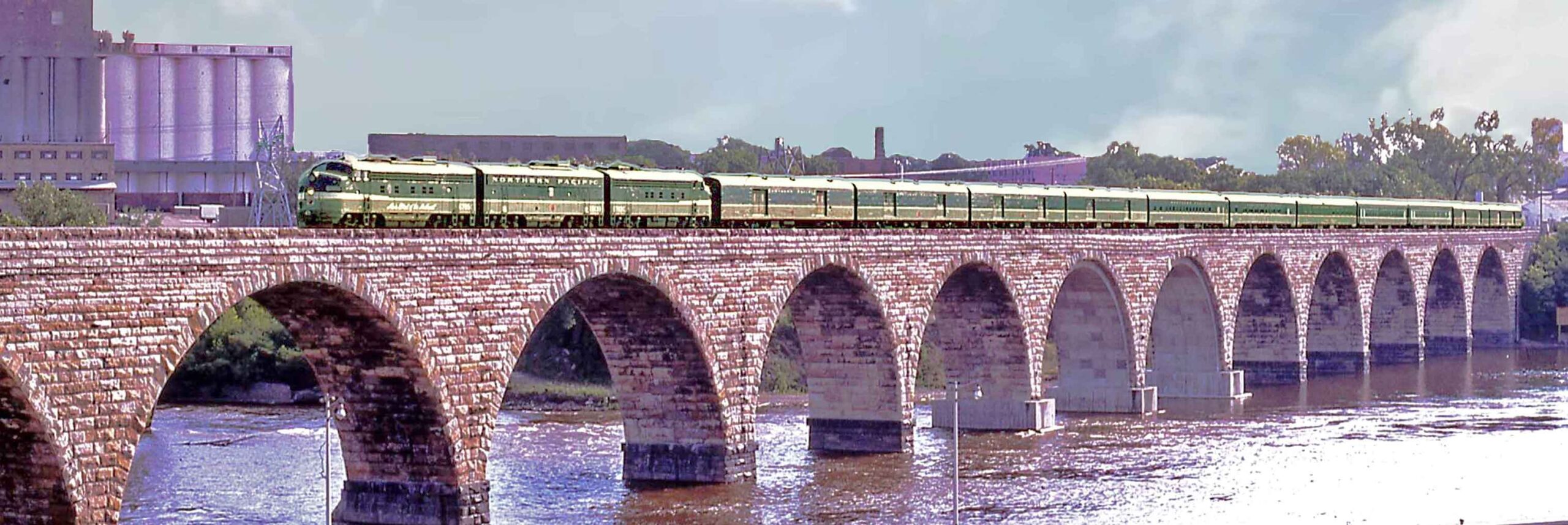Overland passenger service prior to the 19th century consisted of a wagon pulled by a beast of burden on a dirt path. This mode originated back when the wheel was invented and attached to a wagon or chariot and had not changed much from the ancient Babylonians until the turn of the early 1800s. Although pulling a wagon on wooden track with a horse was already 200 years old, the founders of the Baltimore and Ohio Railroad built a track from Baltimore to the Ohio River in the late 1820s to haul coal and passengers using, literally, horsepower on iron tracks. In 1829 the B & O commissioned Peter Cooper to build a test steam locomotive and raced it against a team of horses. A belt slipped causing the locomotive to loose the race but it was obvious steam power was going to replace horse-power.
As the railway system developed railroads could not neglect passenger service as it accounted for 20% of its revenue. Passenger cars were attached to the end of the freight service. The cars themselves were open modified wooden boxcars with bench seating. Traveling by rail was anything but comfortable for even short distances.



